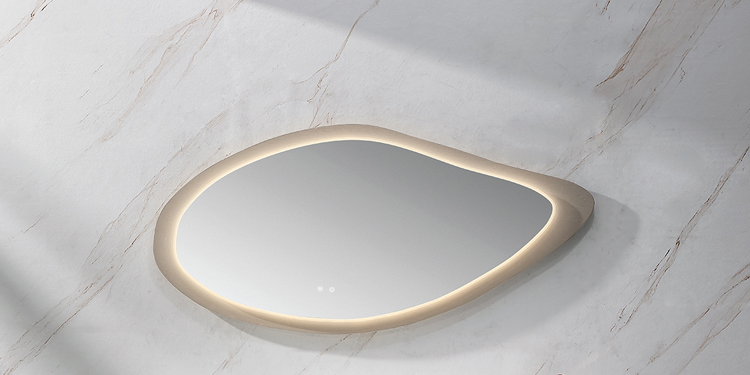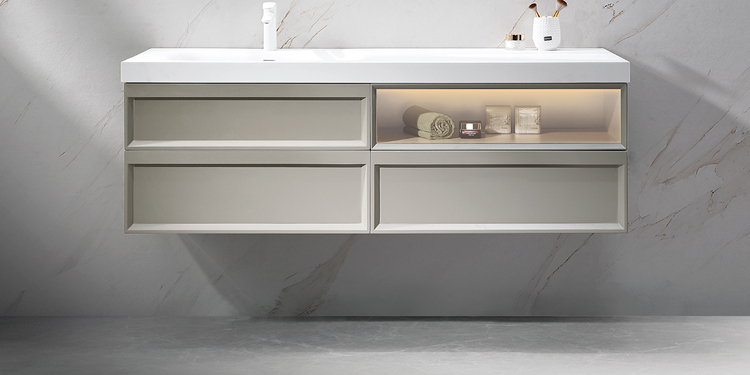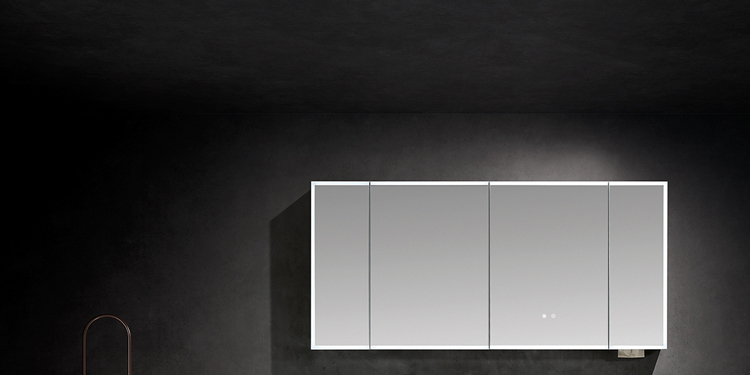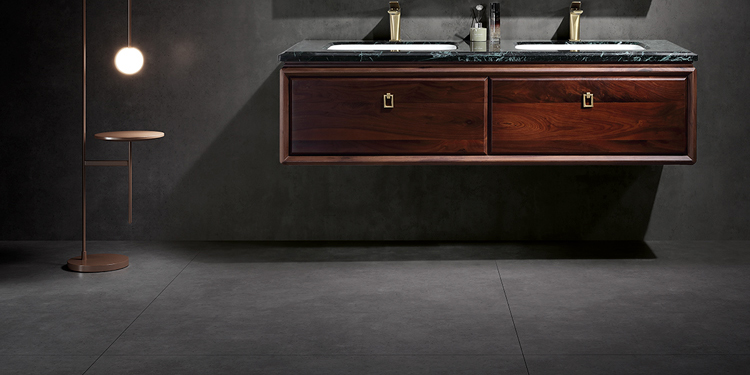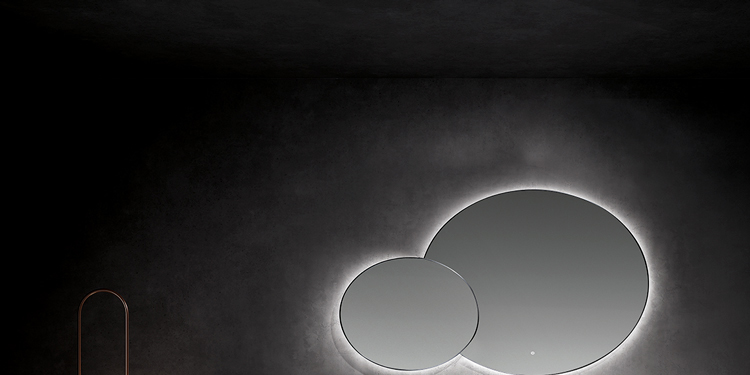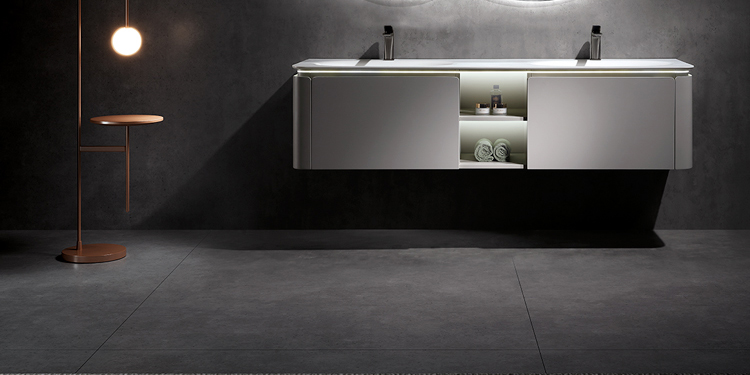Your lacquered solid wood bathroom vanity is not only functional—it’s a visual centerpiece in your bathroom. To preserve its beauty in a high-humidity setting, avoid common cleaning mistakes that could damage its finish. Here are essential do’s and don’ts.
1. Mistake: Using Harsh Chemical Cleaners
Many cleaning sprays contain bleach or ammonia, which can eat through the lacquer. These cause clouding or stripping of the protective coat. Instead, use a gentle pH-neutral cleaner formulated for wood or lacquered surfaces when cleaning your lacquered solid wood bathroom vanity.
2. Mistake: Excess Water Exposure
Don’t spray water directly on the vanity’s surface. Soaking the surface—even with clean water—can penetrate seams over time and damage the wood underneath. Always use a lightly damp cloth, and dry your lacquered solid wood bathroom vanity immediately after wiping.
3. Mistake: Scrubbing With Abrasives
Never use scouring pads, stiff brushes, or powders. These leave micro-scratches on the lacquer surface, leading to dullness. Instead, opt for microfiber cloths and soft sponges designed for polished finishes.
4. Mistake: Ignoring Seams and Edges
It’s easy to forget the underside of the sink, drawer corners, or vanity legs—but these areas are where moisture collects. Over time, neglecting these zones causes swelling and lacquer bubbling. Inspect your lacquered solid wood bathroom vanity thoroughly during each cleaning.
5. Mistake: Not Cleaning Frequently
Letting dust, soap residue, and water spots accumulate makes it harder to clean later—and may permanently etch the lacquer. Establish a weekly routine to gently clean and inspect your lacquered solid wood bathroom vanity, especially after showers.
6. Mistake: Polishing Without Cleaning
Applying polish or wax to a dirty surface traps grit beneath the finish, causing fine scratches. Always clean first with a soft, damp cloth, let dry completely, and only then apply a light coat of polish to your lacquered solid wood bathroom vanity.
7. Mistake: Overloading the Vanity Surface
Clutter traps moisture. Too many products on your lacquered solid wood bathroom vanity allow water rings and buildup underneath bottles. Store essentials in baskets or trays, and lift items daily to dry the surface beneath.
8. Mistake: Skipping Protective Treatments
Avoiding the use of wax or sealant over time leaves the lacquer exposed. Apply a water-resistant furniture wax every 6 months to strengthen the topcoat. For bathrooms with extreme humidity, consider a high-gloss lacquer overlay that repels water better.
9. Mistake: Using Bathroom Steam Without Ventilation
Leaving the bathroom door shut after a hot shower increases the air moisture level dramatically. Ventilation fans or cracked windows are necessary every time you bathe to protect your lacquered solid wood bathroom vanity from lingering steam.
10. Mistake: Ignoring Early Warning Signs
Discoloration, dull spots, or faint bubbles are red flags. These signs indicate compromised lacquer and moisture penetration. Address these promptly by sanding lightly and reapplying lacquer to your lacquered solid wood bathroom vanity before more serious damage occurs.
READ MORE:










